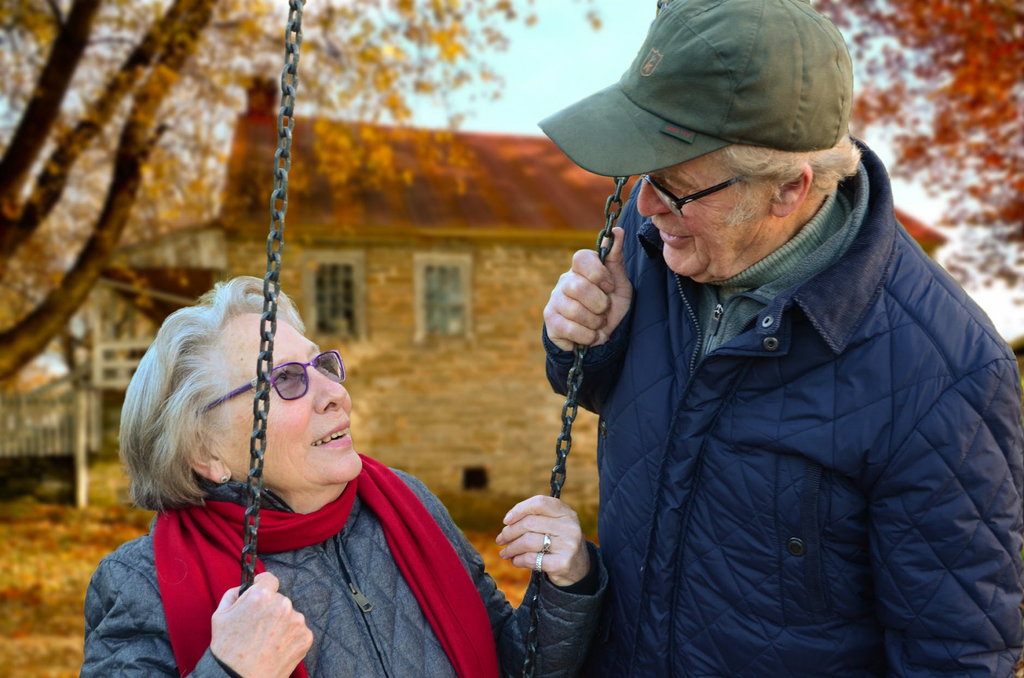Obstructive sleep apnea is a condition that can develop at any age. However, certain age groups face a higher risk of developing sleep apnea. When diagnosed, the individual’s age can play a factor in the recommended treatment options.
Today, ApneaMed will walk you through how sleep apnea can impact individuals in various age groups.
Children with Sleep Apnea
As a parent, you may notice your child snoring from time to time — but in 2-3% of situations, that snoring could impact a more serious problem like sleep apnea. If your child snores regularly or is often gasping for air throughout the night, it’s recommended that you schedule an appointment with a physician to see if treatment is needed.
More often than not, sleep apnea in children is caused by enlarged tonsils or adenoids that block their airway while they're sleeping. This blockage of their airway prevents airflow and causes them to gasp or choke. Once the airway opens, they continue sleeping — only to repeat the same cycle of cessations in breathing.
While obesity can play a role in sleep apnea, it provides a much smaller risk for children than it does for adults. The American Academy of Sleep Medicine produced a study that found that while body mass index increases the risk of obstructive sleep apnea for adults, an increasing BMI in young children did not increase the risk of OSA.
Adults with Sleep Apnea
While sleep apnea can be diagnosed at any point in an individual’s life, it becomes more prevalent with age. The American Thoracic Society performed a study that analyzed the prevalence of sleep apnea in adult males in various age groups. The study found there was a:
- 3.2% prevalence in men 20-44 years old
- 11.3% prevalence in men 45-64 years old
- 18.1% prevalence in men 61-100 years old
As adults get older, there is a higher chance of being diagnosed with sleep apnea. This is often related to their body mass index increases, which results in increased fat around their body. When fat develops on the head and neck, it adds excess weight that the neck’s soft tissues can’t support. As a result, the airways are more susceptible to collapsing, which causes a blockage of the individual’s airway.
How to Perform a Home Sleep Apnea Test
Whether you’ve noticed yourself, your child, or your elderly parent exhibiting symptoms of sleep apnea, such as frequent headaches, snoring, or daytime drowsiness, they should undergo a sleep assessment for proper diagnosis. Left untreated, the individual with sleep apnea will feel unrested and have difficulty focusing throughout the day.
A home sleep study is an affordable and efficient option that enables the individual to get tested for sleep apnea from the comfort of their own home. The home sleep test and instructions for properly implementing the unattended overnight sleep study are delivered to you at home. While the individual sleeps, the device will monitor their blood oxygen levels, heart and breathing rates, and how often their body moves blood oxygen saturation.
Once the home sleep test has been successfully administered, the results will be analyzed by a board-certified sleep physician who will provide recommended treatment if diagnosed with sleep apnea. One of the most common forms of treatment that is often prescribed is automatic positive airway pressure therapy, otherwise known as APAP therapy. This treatment provides continuous airflow to the patient throughout the night to prevent their airways from collapsing.
If you have any questions about ApneaMeds’ unattended at-home sleep apnea test or our various sleep apnea treatment equipment, contact our team to learn more.

